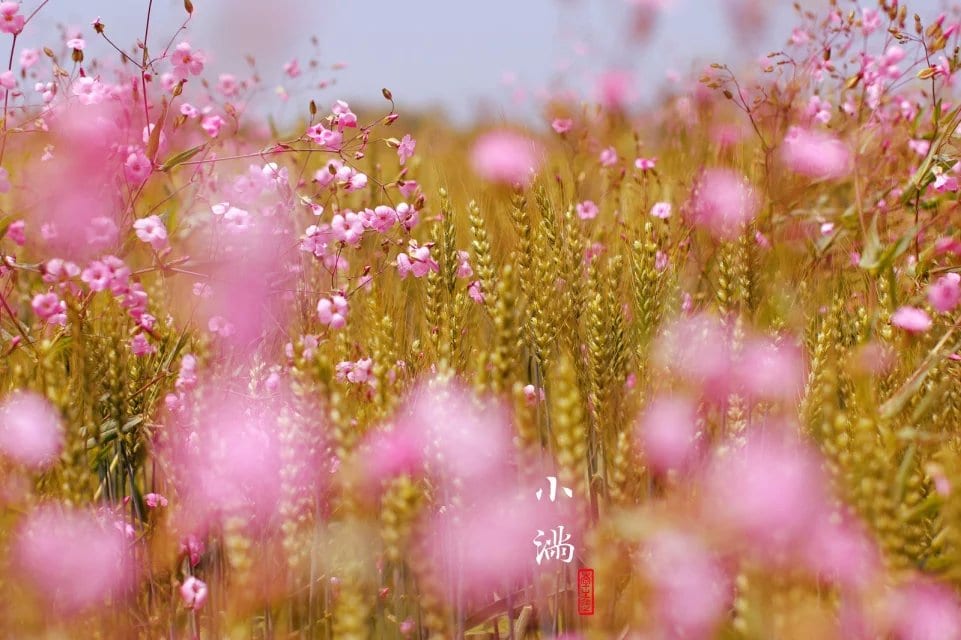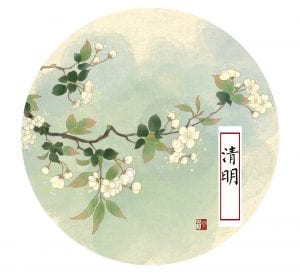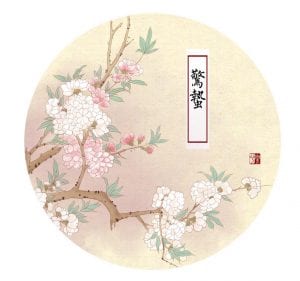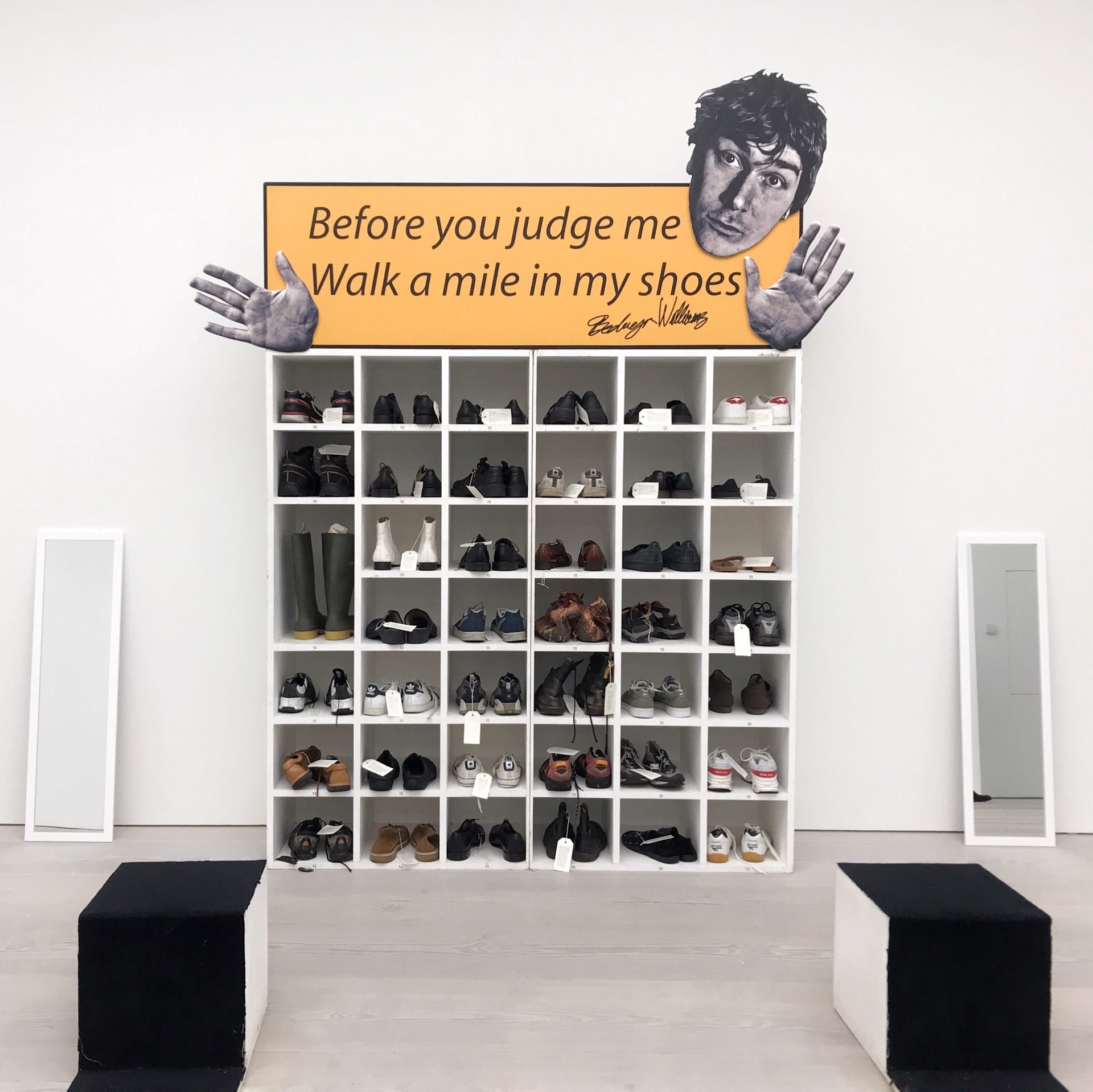四月
Author Archives: Feiyi Huang
#FMP Chinese 24 solar terms ‘Apr’
#FMP Chinese 24 solar terms ‘Mar’
#FMP Chinese 24 solar terms ‘Feb’
There are two terms in every month, Start of Spring and Rain Water are the terms in February.
一月(正月)
Start of Spring (4th Feb):
- the ground began to thaw
- the insects woke up slowly in the hole
- the ice in the river began to melt
- the fish began to swim up to the surface
#FMP Why TIME?
My final major project concept is TIME, there are two parts. The first one is time traces in daily life, such as something that has been with me for long time, the second is 24 Chinese solar term, but I’m not sure if this concept will work well in the Uk, lots of elements I can’t find from here, anyway I want to challenge myself.
The candle sculptures by Urs Fisher, and Ishiuchi Miyako inspired me in my work “Time Traces in Daily Life.” Time and gravity, life and death, these are what I saw from their works.
 Mother’s #5, 2001, Gelatin Silver Print Mounted Between Plexiglas and Aluminium
Mother’s #5, 2001, Gelatin Silver Print Mounted Between Plexiglas and Aluminium
Magazine of Marie Claire China December 2018 gave me an idea of 24 Chinese solar term, I didn’t know much about this culture before I saw the shooting, so I hope people will know more about this interesting culture in a fashion way.
There two parts are extremely different, one is more like personal time documentary, another one is more fashion image, the final outcomes will be a series of shoots.
#RESEARCH# Ishiuchi Miyako
When I was doing my research in Michael Hoppen Gallery, I looked a little bit more at this picture, of a run-down house, a pile of stuff on the street, a little girl running around, which makes it feel like an unknown town in Japan. Everything is so ordinary, the casual shooting method makes the photographer just like a tourist.
I’ve never heard this name Ishiuchi Miyako before I visit this exhibition. I must say, after I did some research on her, her work really caught my eye.
 Ishiuchi Miyako,Yokosuka Story #98, 1976-1977
Ishiuchi Miyako,Yokosuka Story #98, 1976-1977
This work is taken on YOKOSUKA, Japan. This photo is from the series Yokosuka Story, to overcome her fear of her homeland, Ishiuchi has turned her first film series on her homeland, Yokosuka. The city is steeped in American culture because of the presence of the United States Navy. However, Yokosuka is a dangerous place, especially for a girl. There is a high incidence of sexual assault here, and no one views it as a crime. This is A place of sexual violence and humiliation. Instead of Iochi staring at the scars, let’s just say these photos are the scars themselves.
“I don’t think of Yokosuka as my hometown and I have few sweet and joyous memories there. It was natural because Yokosuka, a town of the American naval base, was not comfortable to me as a young girl who had newly moved at the time of entering elementary school, to this new place where my father had been working away from our home in the countryside.”
“I started my career as a photographer by photographing Yokosuka. The vivid contrast of light and shadow inherent in the town somehow created photogenic landscapes as the history of the town seemed to be making invisible scars everyday.”
— from the artist’s foreword (https://www.shashasha.co/en/book/from-yokosuka)
During the research, because of my obsession with textures and I’m thinking to do the theme about time in my final major project, her work taught me a lot and inspired me. One of the series is Mother’s.
After 2000, her mother died unexpectedly. Ishiuchi photographed mother’s remains, such as half lipstick, a pair of false teeth, comb, pajamas and so on, these objects are illuminated by the strong light, as if they have souls.
 Mother’s #5, 2001, Gelatin Silver Print Mounted Between Plexiglas and Aluminium
Mother’s #5, 2001, Gelatin Silver Print Mounted Between Plexiglas and Aluminium
11.25 x 7.5″
 Mother’s #3, 2001, Gelatin Silver Print Mounted Between Plexiglas and Box Construction 11.25 x 7.5″
Mother’s #3, 2001, Gelatin Silver Print Mounted Between Plexiglas and Box Construction 11.25 x 7.5″
Another series is 1947. Ishiguro found 50 girls the same age as his High School, and photographed their bodies as they entered to middle Age. She used a macro Lens to photographed the hands and feet of women over 40,scars, thorns, skin cracks, and the age spots are all revealed.



Reference:
https://www.shashasha.co/en/book/from-yokosuka
https://www.sepiaeye.com/miyako-ishiuchi/
https://www.vincentborrelli.com/pages/books/111041/miyako-ishiuchi-hiromi-ito-koko-yamagishi/miyako-ishiuchi-1947
#RESEARCH# JESSICA CRAIG-MARTIN
The ironies and realistic details are thoroughly shown in Jessica Craig-Martin’s photography, and these stand in stark contrast to the high-society parties. At this party, the upper class sees themselves as gorgeous, luxurious, with beautiful food, champagne and wine, impeccable hair and makeup, luxurious handbags, elegant silk dresses and suits. But what her camera captures is the easy to miss, but there are weaknesses in everyone, like saggy skin, wrinkles on the face, too much blush on the cheek, the ladies who eat fast food, the creases of fine clothes and even more.
Evening Honouring Bill Blass, Waldorf Astoria, New York, 1999
Cibachrome print, 61.2 x 74 cm
 AmFar Benefit, Cannes, May 1998
AmFar Benefit, Cannes, May 1998
Cibachrome print, 61.3 x 96.2 cm
 Planet Hollywood, Cannes, 1997
Planet Hollywood, Cannes, 1997
Cibachrome print, 61 x 84 cm
 Givenchy Luncheon, Hotel Carlisle, New York, 2000
Givenchy Luncheon, Hotel Carlisle, New York, 2000
Cibachrome print, 61.3 x 91.7 cm
Cibachrome print, 61 x 84 cm
 New Museum Benefit Gala, New York, 2000
New Museum Benefit Gala, New York, 2000
Cibachrome print, 61 x 74 cm
 Diffa Benefit Cipriani, New York, 2001
Diffa Benefit Cipriani, New York, 2001
Cibachrome print, 61 x 91 cm
 Jessica Craig-Martin,Evening Honouring Bill Blass, Waldorf Astoria, New York, 1999
Jessica Craig-Martin,Evening Honouring Bill Blass, Waldorf Astoria, New York, 1999
Cibachrome print, 61 x 74 cm
 Victory Ventures Christmas Party, New York, December, 1996
Victory Ventures Christmas Party, New York, December, 1996
Cibachrome print, 61 x 84.2 cm
“Her work evokes the excess and abjection of Nan Goldin’s photographs, styling the upper classes as absurd purveyors of artifice. “The camera is as cruel as the fashion and styling stunts it depicts are vain and ambitious,” wrote Glenn O’Brien of her work. “We see the socialite’s world as a House of Wax—a world so inhuman it attains the status of art.” (https://www.artsy.net/artist/jessica-craig-martin)
Reference:
https://www.artsy.net/artist/jessica-craig-martin
#RESEARCH# VALERIE HEGARTY
Valerie Hegarty’s work is one of my favorites in this exhibition “Black Mirror”, because it’s so different from everything else. It’s so special.
When people talk about art, it is inevitable to add the word “creation” to the end. People think of art as something to be “created”, but for artist Valerie Hegarty, the most interesting thing is not the creation, but the destruction.
This painting is just like a boat overturned by a waterfall. From the inside of the work, we can still imagine how beautiful the painting is when it hadn’t been destroyed. Waterfalls, rainbows, and turquoise river water. But the withered branches in the lower right corner, the black ruins at the lower left, and the paint falling from the frame tell us that this is reality.



 Valerie Hegarty, Niagara Falls, 2007
Valerie Hegarty, Niagara Falls, 2007
Foam core, paper, paint, gel medium, glue , 150 x 300 x 65 cm
Various twisted works convey the traces of war, the destruction of nature, this painting seems to be more than just a painting, it’s like the name of the painting and happening in front of my eyes. Her reflections on human development and discontent seem to have spilled over into the frame. Not all beautiful, whole things can be called art
Valerie Hegarty, Still Burning, 2007
Canvas, paint, foamcore, paper, gel medium, 198.1 x 152.4 x 3.8 cm
#RESEARCH# Walk a mile in my shoes
What’s the point of having a closet full of shoes in an exhibition? What’s the story behind them? Was it because each pair of shoes went to a different place that it meant so much to the artist? They’re different, but they’re not that simple.
Bedwyr Williams, Walk a mile in my shoes, 2006
Installation with size 13 shoes, written notes, poster, shelving and foot-rests, Dimensions variable
Bedwyr Williams’ ‘Walk a mile in my shoes’ contains 13 pairs of old shoes, each with its own story. On the cabinet it says, “Before you judge me, walk a mile in my shoes.” There is a small slip of paper on each pair of shoes with a story about the owner and the shoes. He hopes that through this works, people will experience the feeling of putting on other people’s shoes, and so we tolerate those around us who we don’t understand, who we don’t like, because behind everyone is a different pain and worry.
#Research# Measured
Measured
Chris Burden
“Porsche with Meteorite” 2013, one 365 pound meteorite balanced a 19742,190 pound 914 Porsche. This proved that if applied correctly, a small amount of pressure could withstand even counter-offensive overwhelming force. This meteorite is powerful enough to pry up a much heavier artifact.
Porsche with Meteorite thus draws attention to the relativity of size, weight, and value.
What’s even more fascinating to me is when I look at this piece of work from a different angle, what should be looking bigger than a meteorite turns it upside down. For me, that’s what Measured all about. It’s different on every side
“A functional 1964 F350 Ford crane-truck is held in balance with the weight of a one-ton cast-iron cube, and a Porsche 914 sports car is suspended in equilibrium with a meteorite. Both vehicles have been restored to pristine condition using contemporary materials, from fresh paint to new tires. In 1 Ton Crane Truck, the Ford is painted bright orange and the custom-made cube suspended from its crane boom announces its weight—“1 TON”—in recessed lettering, forcing the viewer to consider the physical capacities of the familiar American vehicle.” (https://gagosian.com/exhibitions/2018/chris-burden-measured/)
Reference:
https://gagosian.com/exhibitions/2018/chris-burden-measured/





























